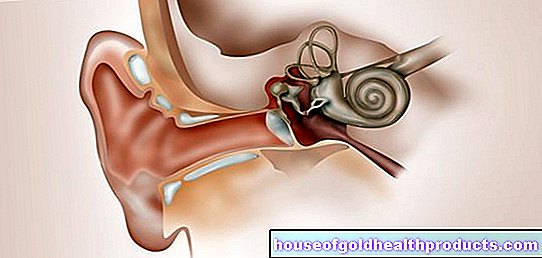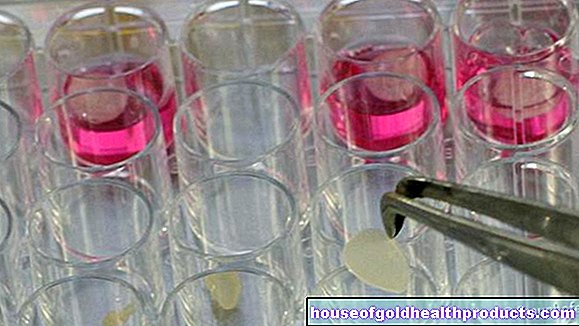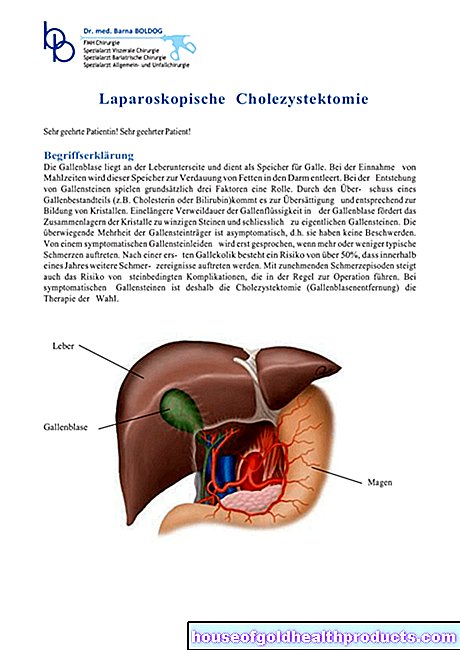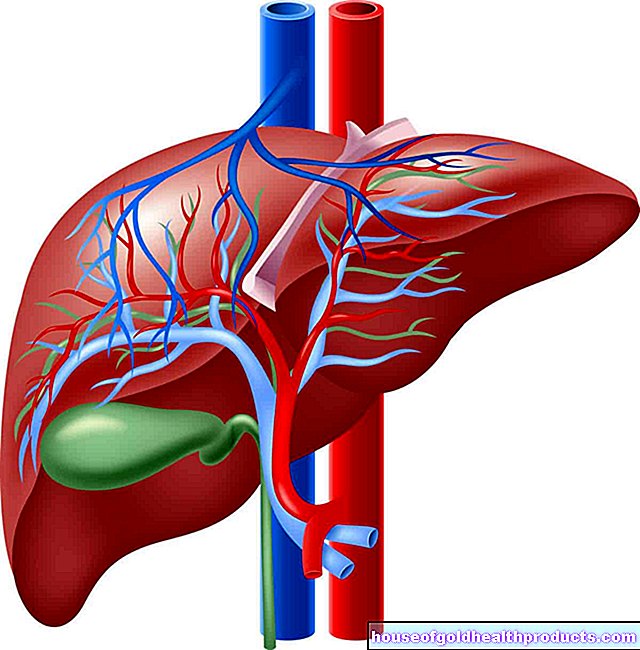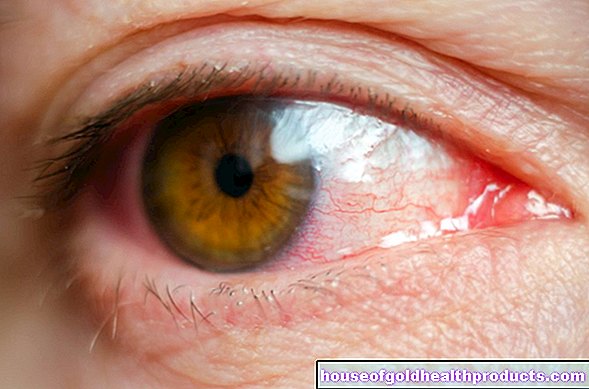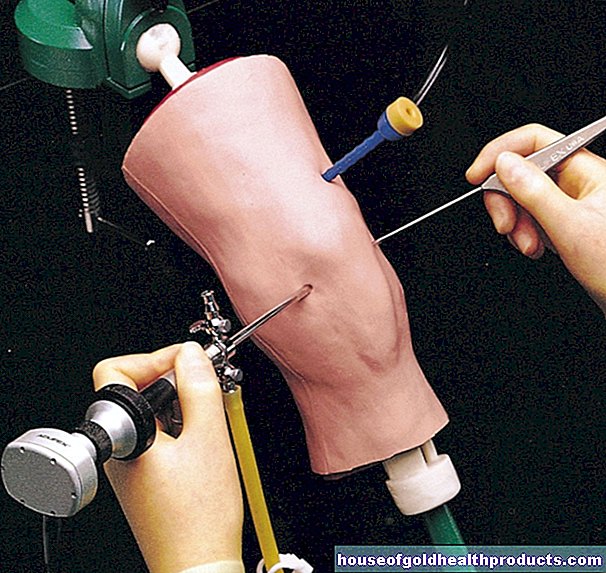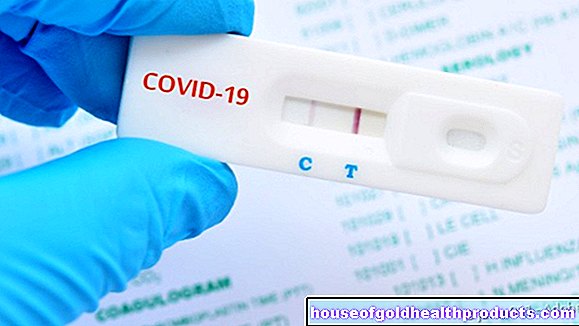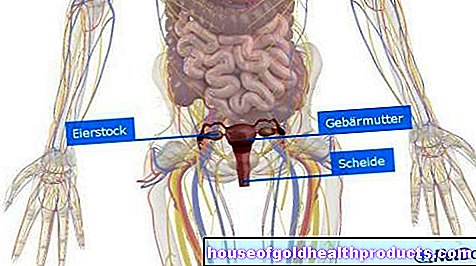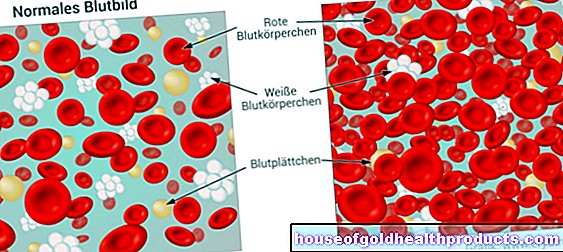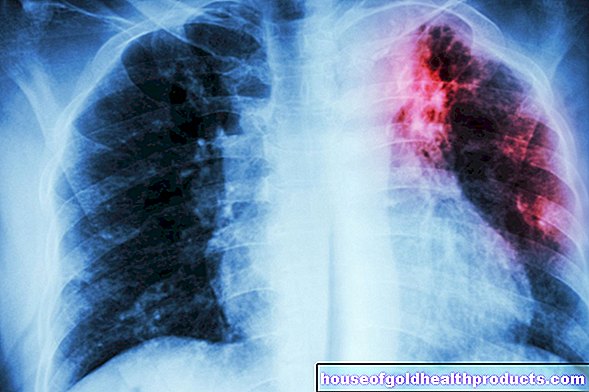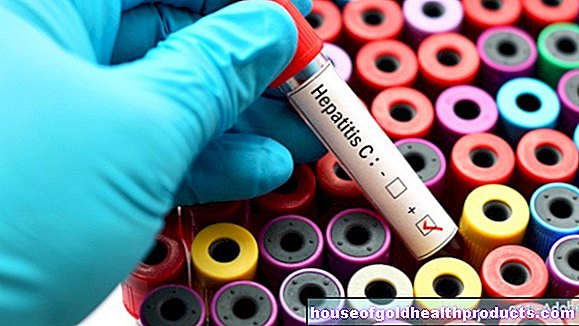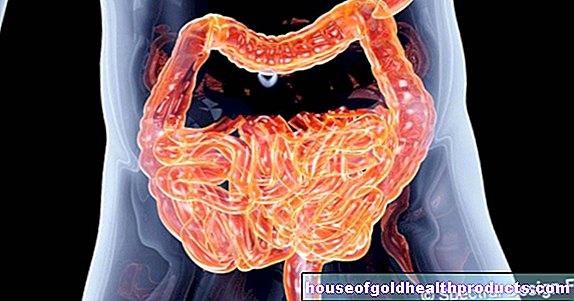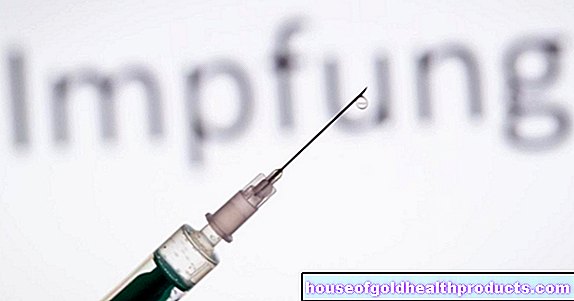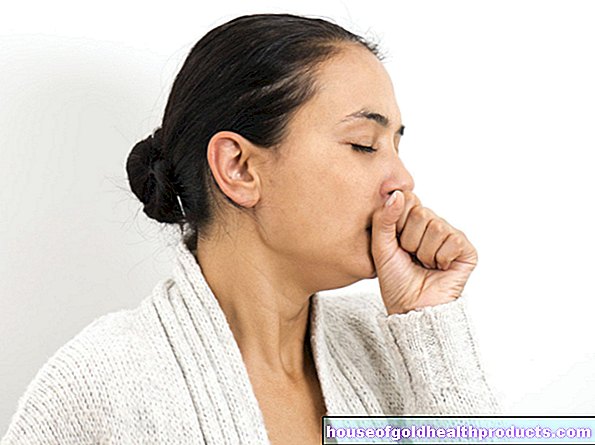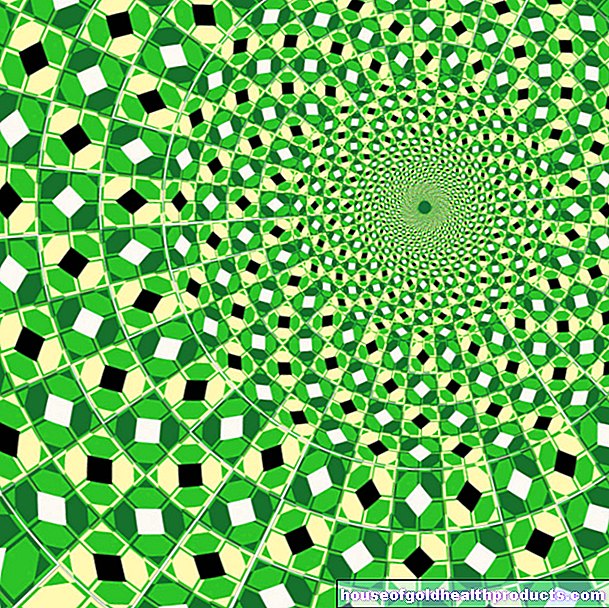Blood vessels
Nicole Wendler holds a PhD in biology in the field of oncology and immunology. As a medical editor, author and proofreader, she works for various publishers, for whom she presents complex and extensive medical issues in a simple, concise and logical manner.
More about the experts All content is checked by medical journalists.The blood vessels, together with the heart, make up the bloodstream. The tubular structures are the transport routes through which the blood reaches every region of our body, no matter how distant. They ensure that all tissues are supplied with oxygen and nutrients and remove degradation products from the tissue. Read everything you need to know about the structure of blood vessels, their function and important diseases!
What are blood vessels?
Blood vessels are hollow organs. The tubular structures, which are hollow on the inside, are around 150,000 kilometers long and create a cohesive network that runs through our entire body. Connected one behind the other, it could circle the earth almost 4 times.
Blood vessels: structure
The vessel wall encloses a cavity, the so-called lumen, in which the blood flows - always in one direction. The wall of smaller vessels is usually single-layered, that of larger vessels three-layered:
- Inner layer (intima, tunica intima): thin layer of endothelial cells. It seals the vessel and ensures the exchange of substances and gases between the blood and the vessel wall.
- Middle layer (media, tunica media): Consists of smooth muscles and elastic connective tissue, the proportions of which vary depending on the vessel. Regulates the vessel size.
- Outer layer (adventitia, tunica externia): Consists of collagen fibers and elastic networks, surrounds the blood vessels on the outside and anchors them with the surrounding tissue.
The different blood vessels in the body differ in length, diameter and thickness of the vessel wall. Depending on the function of the blood vessels, the individual wall layers are more or less pronounced or not present at all.
What is the function of blood vessels?
The blood vessels transport the blood - and with it oxygen, nutrients, hormones, etc. - throughout the body.
With their flexible, sometimes extremely elastic walls, the blood vessels can change their diameter and thus react to changing requirements: Vasodilation increases blood flow and blood pressure lowers. Vascular constriction (vasoconstriction) reduces blood flow and the pressure rises. The autonomic nervous system regulates the vessel size. It not only controls the distribution of blood volume, oxygen supply and blood pressure, but also body heat (thermoregulation). The more blood is supplied to a part of the body, the warmer it is.
Last but not least, the numerous, kilometer-long blood vessels store several liters of blood (around five liters in adults).
Where are the blood vessels located?
For an optimal supply, the blood vessels run through the entire body. Some lie superficially under the skin, others deep down, embedded in tissue or muscles.
On its way through the body, the blood passes through various types of vessels. All together form a coherent network and guarantee uninterrupted blood flow in one direction, from the heart to the periphery and from there back to the heart:
This large blood circulation (body circulation) starts in the left half of the heart: It pumps oxygen-rich blood into the body via the main artery (aorta). Thick main branches (arteries) branch off from the aorta, which divide into ever smaller blood vessels (arterioles) and at the end merge into the smallest vessels (hair vessels, capillaries). These form a finely branched capillary network through which oxygen and nutrients are released to the surrounding tissue. The now oxygen-poor, nutrient-poor blood collects from the capillary network into somewhat larger vessels (venules). The venules in turn flow into veins that carry the blood back to the heart via the upper and lower vena cava, namely into the right half of the heart.
This is where the small blood circulation (pulmonary circulation) begins: the blood flows through the pulmonary artery and its branches (pulmonary arteries) into the capillaries of the lungs, where it absorbs oxygen from the air we breathe. Then it flows back to the heart via pulmonary veins, more precisely: into the left half of the heart.
Arteries and veins together make up 95 percent and thus most of the blood vessels. They are mostly close to one another in space. The remaining five percent is accounted for by the capillaries.
Few parts of the body have no blood vessels at all. These include the outermost layer of skin as well as the cornea, hair and nails, tooth enamel and the cornea of the eye.
artery
Arteries carry blood from the heart to the periphery. You can read more about this type of blood vessel in the Artery article.
aorta
The main artery is the largest artery in the body. You can read more about this in the article Aorta.
Veins
Veins bring the blood back to the heart from the periphery. You can read more about this in the article Veins.
Upper and lower vena cava
You can find out everything you need to know about the two largest veins in the body in the vena cava article.
Portal vein
The blood from the abdomen is transported to the liver via the hepatic portal vein. You can read more about this particular vein in the portal vein article.
Capillaries
Arteries and veins are connected to one another by a network of the finest vessels. You can find out more about this in the article Capillaries.
What problems can blood vessels cause?
Atherosclerosis is an important disease of arterial blood vessels: Deposits on the inside of the vessel walls and inflammatory processes constrict the relevant vessel (stenosis) or close it completely. This affects the oxygen supply to the downstream tissue area. Possible secondary diseases are, for example, strokes, heart attacks and peripheral arterial occlusive disease (PAD, "intermittent claudication").
"Varicose veins" (varices), as they occur mainly on the legs, are enlarged, tortuous superficial veins. They occur when the blood cannot flow out of the veins properly, which can have different causes. Varices can also form in other parts of the body, such as the esophagus.
Inflammation of superficial veins with the formation of blood clots is called thrombophlebitis. It occurs mainly on the legs. If blood clots form in deep veins, this is called phlebothrombosis.
Other diseases of the blood vessels are, for example, Raynaud's syndrome, giant cell arteritis and chronic venous weakness (chronic venous insufficiency).
Tags: Baby Child teenager book tip